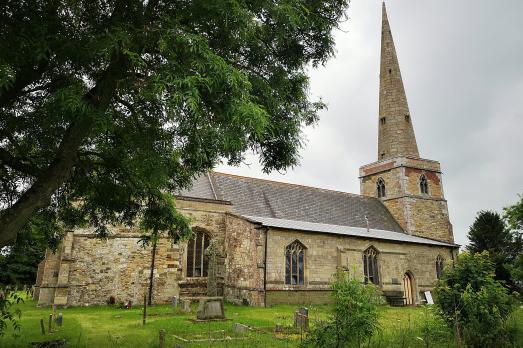
St Peter
South Somercoates, Lincolnshire | LN11 7BW
The Queen of the Marsh.
Search for a fascinating place to visit, or see the variety of churches, chapels and meeting houses we have supported.

South Somercoates, Lincolnshire | LN11 7BW
The Queen of the Marsh.
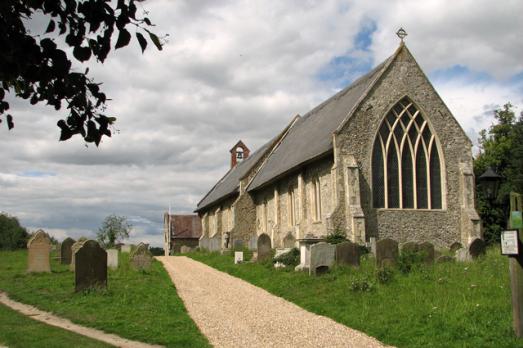
Westleton, Suffolk | IP17 3AD
A beautiful, white bareness!
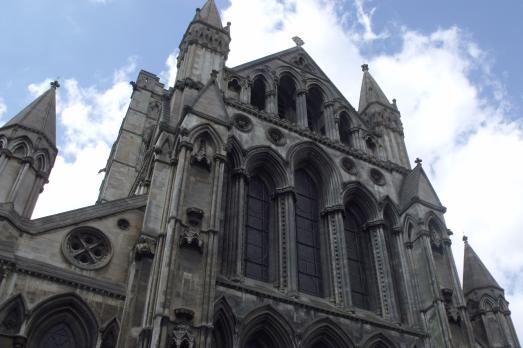
Norwich, Norfolk | NR2 2PA
The Cathedral of St John the Baptist is a fine example of the great Victorian Gothic Revival.
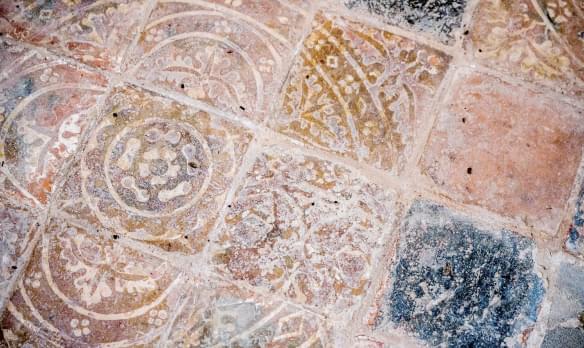
Salle, Norfolk | NR10 4SE
This is one of Norfolk's most splendid churches, and is in the top 10 for many enthusiasts.
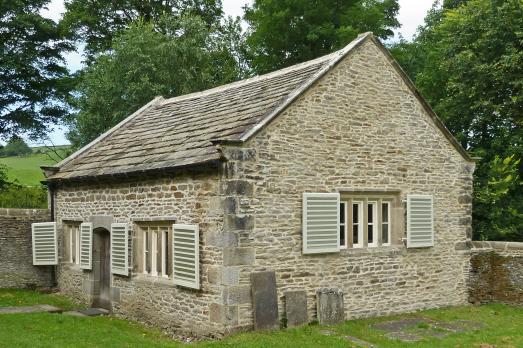
Farfield, Yorkshire | LS29 0RQ
The date carved in the stone above the door of this simple meeting house shows that it was built in the same year as the Toleration Act of 1689.
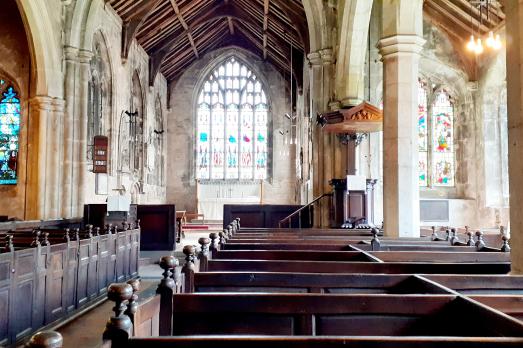
Bolton Percy, Yorkshire | YO23 7AL
Nestled in the quiet North Yorkshire village of Bolton Percy, All Saints is an old church with a long history and a big heart.
We have supported this church
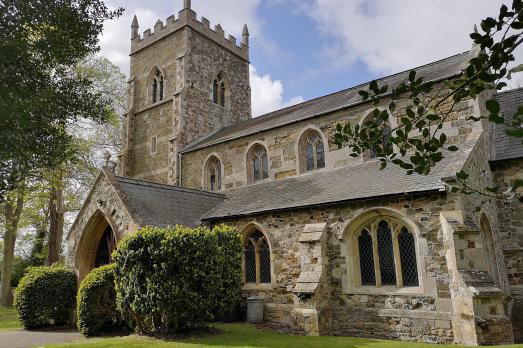
Theddlethorpe, Lincolnshire | LN12 1NS
The greatest treasure in this church is the stone reredos in the east wall of the north aisle.
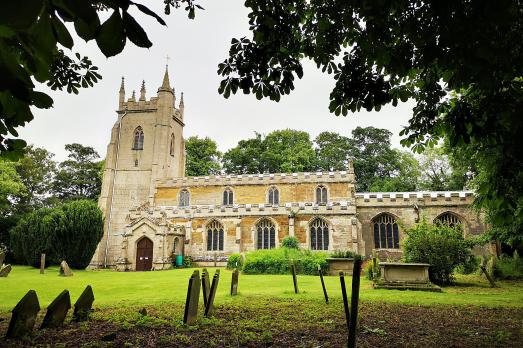
Marshchapel, Lincolnshire | DN36 5QL
One of the finest fabrics in the district of the Perpendicular period.
We have supported this church

Conisholme, Lincolnshire | LN11 7LX
Built of ironstone and chalk, St Peter's has undergone much restoration yet still retains its rural Lincolnshire charm.
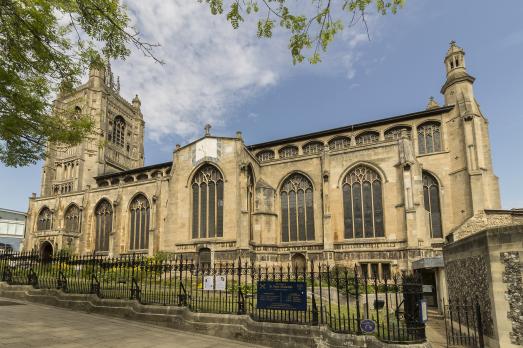
Norwich, Norfolk | NR2 1RD
Far more than the cathedral, tucked away in its quiet close, the church of St Peter Mancroft is in the very heart of Norwich.

Norwich, Norfolk | NR1 3LG
All Saints is one of the five ringing towers in Norwich.
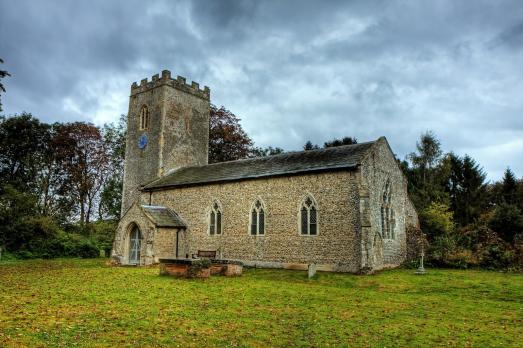
Thurning, Norfolk | NR20 5QX
A small 13th century church in a rural setting with box pews and triple decker pulpit.
We have supported this church